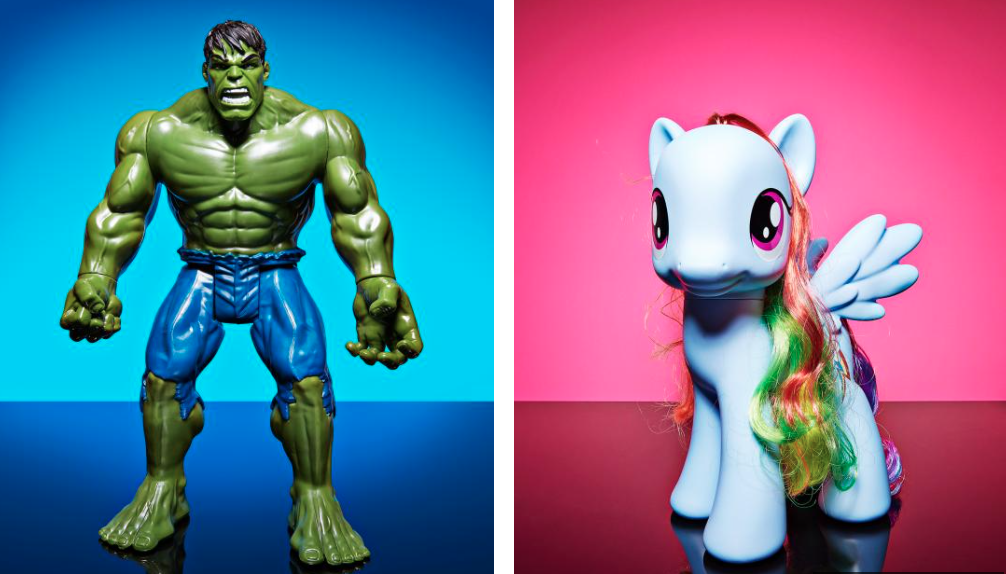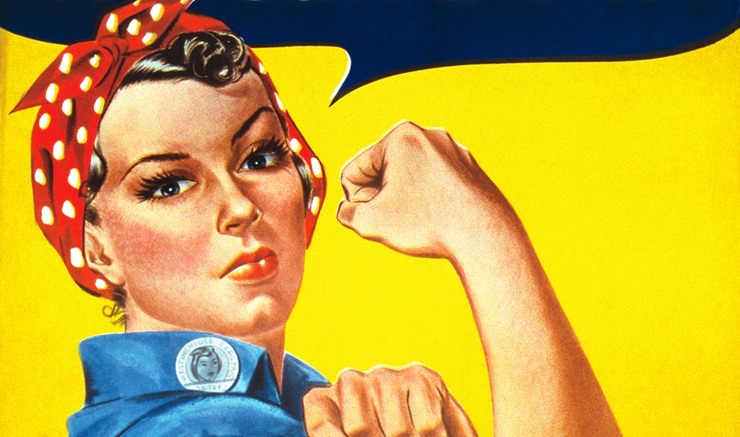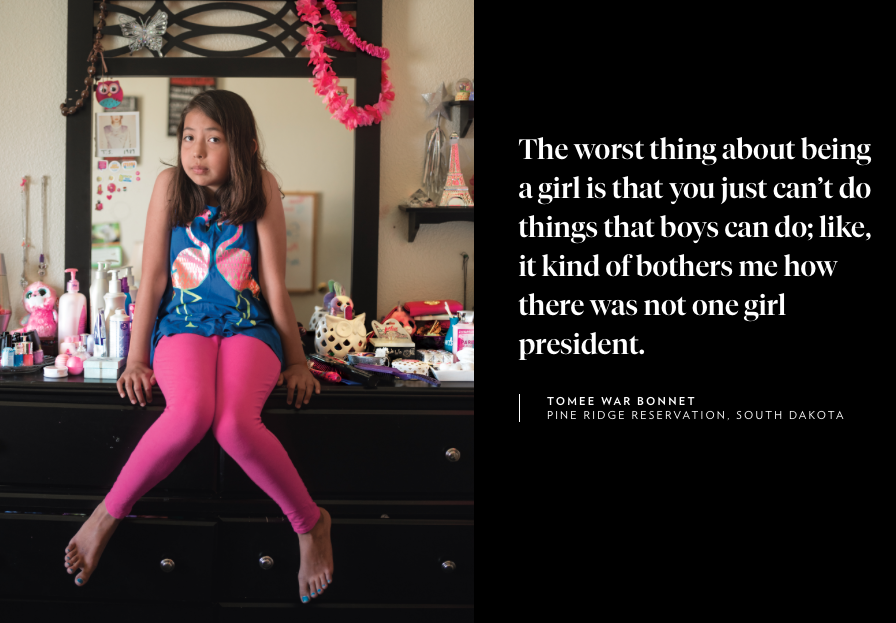With all the stories on the Internet it can be difficult to always stay in the know. To help, we’ve searched the web for interesting pieces of news, videos and tips to help you start off your week on the right foot.
1. With Rouge One, the Star Wars Franchise Gets Even More Feminsit

Writing about the new Star Wars movie Rouge One, Atlantic staff writer Megan Garber makes the argument that the film’s main character Jyn is tough, kind, hardened and ultimately human. That she is “both a product and a reflection of her times” and fits right in with the feminism of 2016.
2. In Their Words: How Children Are Affected By Gender Issues
In its 2017 January issue National Geographic discusses the “gender revolution.” The cover story focuses on the understanding and interpretation 9-year-olds have on what it means to be a girl, a boy, both or neither one.
“If you want candid answers about how gender shapes destiny, ask the world’s nine-year-olds,” Eve Conant writes. “At nine, a girl in Kenya already knows that her parents will marry her off for a dowry, to a man who may beat her. At nine, a boy in India already knows he’ll be pressured by male pals to sexually harass women in the street. At nine, youngsters from China to Canada and Kenya to Brazil describe big dreams for future careers—but the boys don’t see their gender as an impediment, while the girls, all too frequently, do. On the cusp of change, in that last anteroom of childhood before adolescence, nine-year-olds don’t think in terms of demographic statistics or global averages. But when they talk about their lives, it’s clear: Children at this age are unquestionably taking account of their own possibilities—and the limits gender places on them.”
[tweetthis]National Geographic takes a look at what 9-year-olds across the world think about gender.[/tweetthis]
3. Fatima Manji: ‘It’s really important that newsrooms reflect the population’

Fatima Manji photographed in the Channel 4 newsroom: ‘At the age of eight I knew I wanted to be where history is made.’ Photograph: Richard Saker for the Observer
Fatima Manji, a correspondent on Channel 4 News since 2012, Britain’s first (and only) hijab-wearing anchor on national television talks with Guardian writer Tim Lewis about her reaction to a column written about her in July that questioned whether or not it was appropriate she reported coverage of the terrorist attack in Nice.
Manji discusses everything from her response to what’s it’s like to represent a minority community.
“When you’re a minority in a country, you are inevitably more exposed to politics because you’re having to understand why you look different and why you do certain things differently.”
…
“Actually all religious groups are under-represented: Muslims, Christians, Sikhs, Hindus. It matters because it’s really important that newsrooms reflect the populations they serve.”
[tweetthis]”It’s really important that newsrooms reflect the populations they serve,” says Britain’s first hijab-wearing anchor Fatima Manji[/tweetthis]
4. How Today’s Toys May Be Harming Your Daughter

Left: Action figures, like the Incredible Hulk seen here, have dominated “boy toys” for decades. Muscled and aggressive, the toy reinforces stereotypes of masculinity. Right: My Little Pony burst into little girls’ televisions and toy boxes in 1981. The franchise was part of a highly lucrative pivot towards marketing pink and sparkles to girls.
PHOTOGRAPH BY DAN FORBES
In its 2017 January issue National Geographic discusses the “gender revolution.” Writer Natasha Daly discusses the importance of toys in a child’s development and understanding of themselves.
“That includes lessons about gender. American society has made significant strides towards gender equality over the past century, but children’s toys seem to be moving in the opposite direction, reinforcing traditional roles rather than expanding them,” Daly writes. “The implications are serious: The way girls play may affect how their brains develop.”
…
“There’s a long history of marketing toys by gender. Sociologist Elizabeth Sweet, at the California State University, Sacramento, analyzed more than 7,300 toys in Sears catalogs from the 20th century. She discovered that gender-based toy ads from the 1920s to the 1950s pushed traditional roles: the ‘little homemaker’; the ‘young man of industry.’ In 1925, about half the toys in the Sears catalog were marketed explicitly to either boys or girls. Many toy advertisements appealed to boys as ‘young entrepreneurs,’ with a sales pitch to use on their parents. In 1945, with World War II winding down and many women leaving factories for domestic life, Sweet says toys were ‘overwhelmingly targeted at girls in a very explicit way: Your little girl will love this dish set!’
[tweetthis]”That includes lessons about gender. American society has made significant strides towards gender equality over the past century, but children’s toys seem to be moving in the opposite direction…”[/tweetthis]
5. 11 Ways To Make 2017 Your Most Feminist Year Yet

Bustle complies a list of 11 ways, “both big and little, to make 2017 your most feminist year yet.”
“The new year is always a good time to start afresh, but it’s safe to say that 2017 is going to bring even bigger challenges than usual as the United States transitions to a new political era,” contributor Claire Warner writes. “As far as equality has come in the last century, issues like the wage gap, objectification, systemic racism, and rape culture persist. Basically, 2016 made it clear that there’s still a long way to go before all genders are truly equal.”
[tweetthis]Here’s 11 ways to help you make 2017 your most feminist year yet.[/tweetthis]
[tweetthis]altM’s weekly roundup of news[/tweetthis]
This list was curated by Kaitlin Montgomery, altM News Editor




